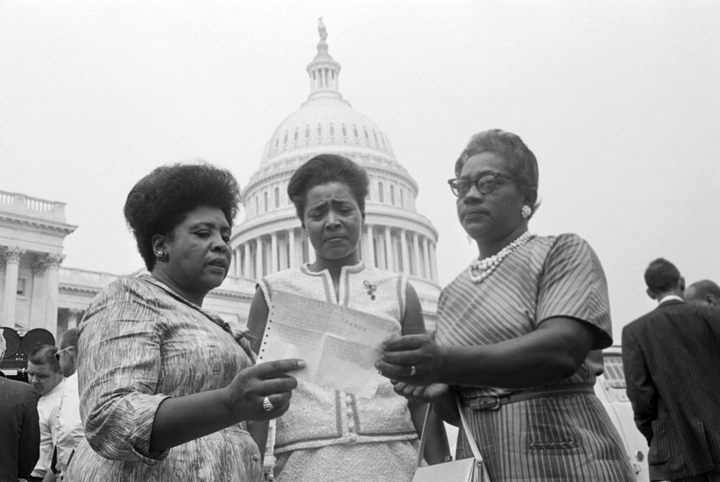

The Civil Rights Icon Who Saw Freedom in Farming
Fannie Lou Hamer viewed co-ops as the foundation of political power.
When she was 13, Fannie Lou Hamer came across a scene of death and destruction. It never left her mind.
A stranger had snuck onto her family’s property in Sunflower County, Mississippi, one evening as the Great Depression loomed over America. He poured a gallon of Paris green, an arsenic-laced insecticide, into the feeding troughs of their livestock, poisoning them until their stomachs swelled. Some of the animals were dead by the time Hamer returned home. Others perished soon after.
To celebrate Juneteenth this week, Gastro Obscura and guest editor Michael Twitty are sharing stories of food and liberation in Black history.

Hamer struggled to make sense of the killing. What would compel someone to slaughter Della, the cow from whom she and her siblings got their milk? But she was certain of the culprit. It must have been a white neighbor, jealous that Hamer’s family would have the audacity to create a better life for themselves. Hamer’s parents, Black sharecroppers, had spent the previous years working their way out of impoverishment. They made enough money to buy wagons, plows, even a car.
Now, though, Hamer’s family was left with little to their name. They returned to sharecropping. For a time, it seemed that she’d be consigned to the same fate. But Hamer fought her way out of that life in adulthood. When she was 45, Hamer began blazing a trail that would turn her into one of America’s most enduring civil-rights icons, fighting for the poor, Black residents of Mississippi.
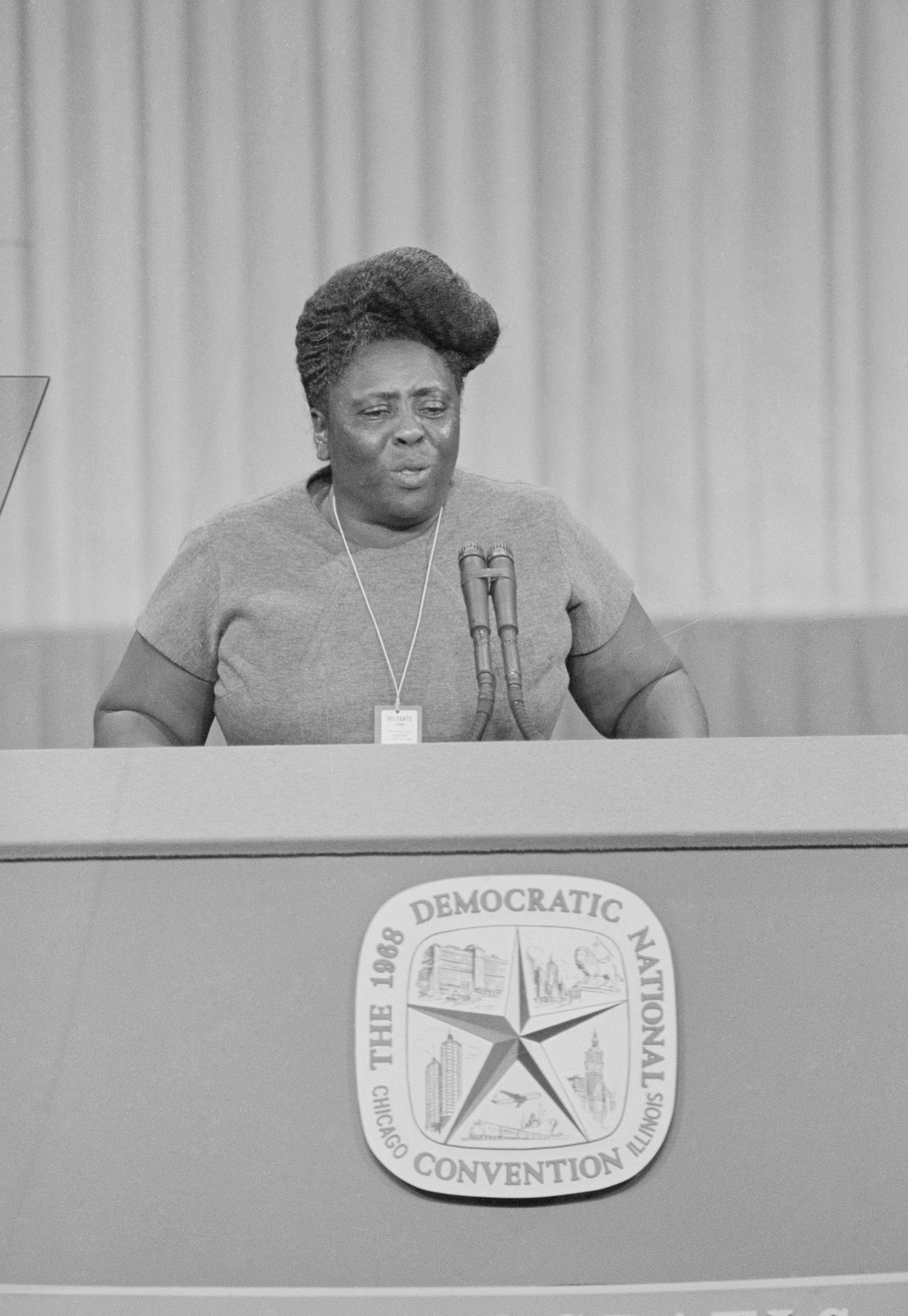
Hamer faced many challenges as a result of her organizing work—federal surveillance, a constant drumbeat of death threats, violence at the hands of police. But those scars from the slaughter of her family’s animals never faded. She spoke of the incident often: how the rage of a white man robbed her family of the life—and the food—they labored for. “That poison knocked us right back down flat,” Hamer wrote in her 1967 autobiography, To Praise Our Bridges. “We never did get back up again. That white man did it just because we were gettin’ somewhere.”
Bearing witness to such cruelty early on stirred Hamer’s activist spirit, so much that she dedicated herself to food justice in the last decade of her life. Hamer’s Freedom Farm Cooperative, which she began on just 40 acres in 1967, endeavored to give impoverished Sunflower County residents, most of whom were Black, the opportunity to steward their own land. She thought the American government had “no interest in helping the poor people.” Hamer saw food as a tool to destroy white supremacy and the material injustices that resulted from it.
The Freedom Farm Cooperative spanned nearly 700 acres of land at its peak, a bustling oasis of snap peas and string beans where people lived, worked, and grew their own food. The Cooperative itself died along with Hamer in the 1970s. But a generation of Black farmers is now following Hamer’s lead, believing that reliance on the American state for basic security, let alone prosperity, is futile. They understand that self-sufficiency is a more fruitful path forward, just as Hamer taught them.
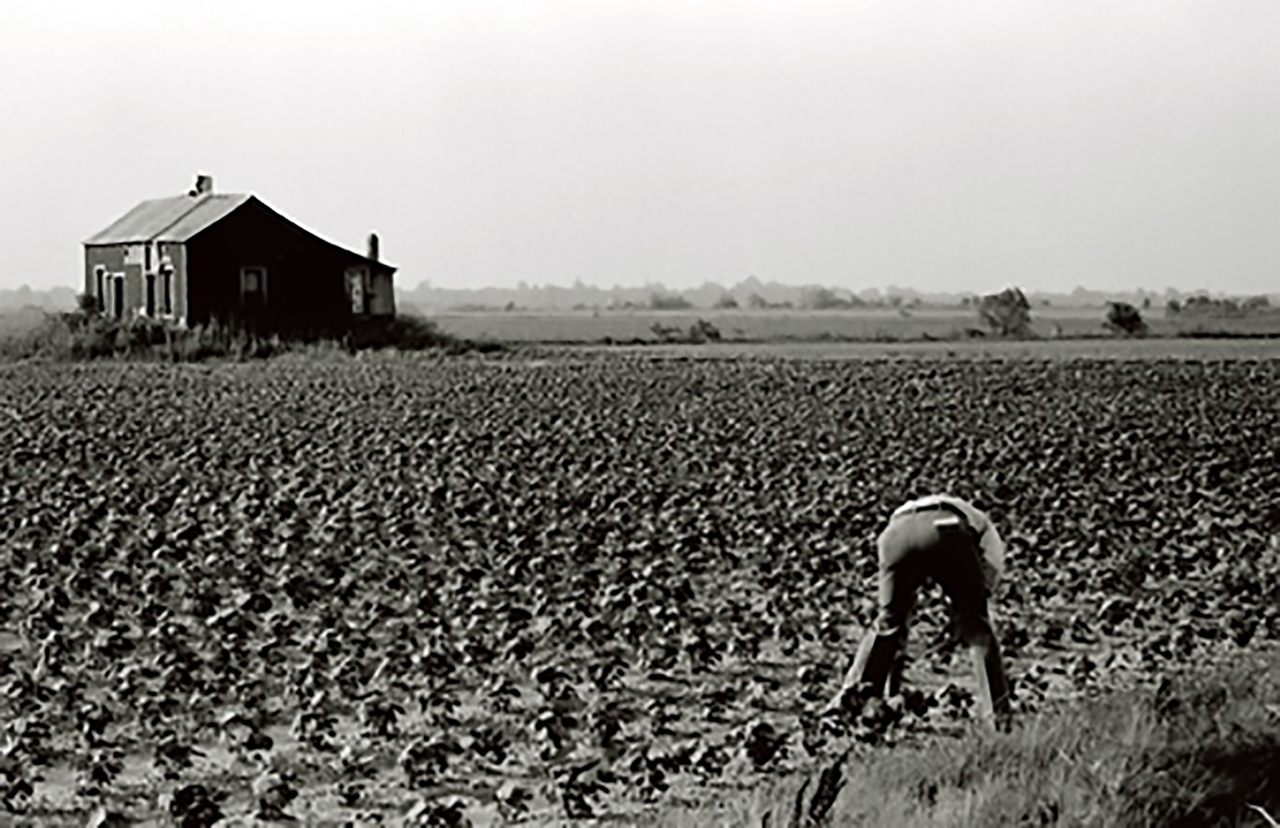
Hamer was born as Fannie Lou Townsend in Mississippi in 1917, the youngest of 20 children. The family had so little to eat each winter that her mother would walk from one plantation to another asking for cotton to sell for food. Some days, Hamer would have just bread and a slice of onion with salt, beet tops, and potato skins for her day’s sole meal. On others, her mother would make her unseasoned greens and a “gravy” made from flour and drops of grease.
“At the beginning of my young life I wanted to be white,” Hamer confessed in her autobiography. “The reason was that we worked every day, hard work, and we never did have food.” Labor was part of the rhythm of her childhood. She started working the land when she was just six. She never progressed past a sixth-grade education, dropping out of school to help her parents. Her minimal schooling meant she was, at the very least, literate, which allowed her to earn a spot as the timekeeper on the plantation of a white man named W.D. Marlowe. It was through that work that she met Perry Hamer, whom she called Pap; he drove a tractor on the fields. The two wed in 1945.
Hamer’s life swerved away from sharecropping in 1962, when she attended a rally organized by the Southern Christian Leadership Conference and the Student Nonviolent Coordinating Committee. Hearing the speakers reminded her that registering to vote was her constitutional birthright. That August, she decided to lead a group of Black residents from her city of Ruleville, in Sunflower County, over to the courthouse in Indianola, where they would register.
At the time, Mississippi’s voter registration laws required byzantine literacy tests that boxed Black Americans out. She didn’t back down. Hamer succeeded in registering to vote by January 1963 after numerous attempts. Marlowe was furious with her efforts. He issued an ultimatum: If she didn’t withdraw her application for voter registration, he’d evict her.
So Hamer chose houselessness. She would say that eviction was a stroke of good fortune, allowing her to zero in on fighting for her people. Hamer spent the succeeding years galvanizing Black Americans to register to vote through the Student Nonviolent Coordinating Committee. Soon after, Hamer co-founded the Mississippi Freedom Democratic Party, which she conceived as a direct challenge to her home state’s white, Democratic establishment. In her post as the Party’s vice chair, she attended the 1964 Democratic National Convention. There, she delivered a rousing, televised speech in which she interrogated the falsehood that America was “the land of the free and the home of the brave.”
The eyes of the nation were on Hamer after her speech, which turned her into one of the most visible faces of the swelling civil-rights movement that was chipping away at Jim Crow laws that had strangled the South for decades. (The March on Washington had been just a year before.) But she did not divert her attention from the people of Sunflower County, the majority of whom were Black. The area had an ugly history. In 1955, two white men murdered Emmett Till, a 14-year-old Black boy, for the alleged sin of whistling at a white woman.
By the 1960s, many of Sunflower County’s Black residents were jobless, houseless, and unhealthy. According to Monica M. White’s 2018 book Freedom Farmers: Agricultural Resistance and the Black Freedom Movement, farming became a highly mechanized practice in the county, lessening the need for human labor. Loss of jobs, and homes, followed. The county, too, had some of the nation’s highest rates of diabetes, malnutrition, and hypertension. Hamer saw this destruction firsthand in 1967. That year, one of her adopted daughters, Dorothy Jean, died at 22 of complications from malnutrition and anemia. (Hamer was unable to have biological children due to a forced hysterectomy by a white doctor in 1961.)
Later that decade, the Vietnam War gave Hamer even more reason to distrust the American government. Hamer’s dimming faith in the American project propelled her to found the Freedom Farm Cooperative in October 1967. Sunflower County’s Black residents needed a way to feed themselves, and they sure wouldn’t find it from federal programs, which she just didn’t trust. It was wiser for poor Black Americans to pursue self-sufficiency. She saw right through efforts like the food-stamps program. “Who ever heard of having to pass a bill to feed hungry people?” she said.
To mount the project, she sought financial assistance from the singer Harry Belafonte, whose civil-rights activism aligned with Hamer’s own. She assembled a uniformly Black board of directors. The cooperative began with 40 acres, with 10 devoted to butterbeans, 10 to snap beans, eight to string beans, seven to kale, and five to peas.
When the late writer Paule Marshall visited the Freedom Farm Cooperative for a 1970 Vogue article, she saw Hamer’s vision as twofold. “The Black communities of the South must be strengthened economically as a necessary step toward organizing them politically,” Marshall observed. “And a coalition of poor Blacks and poor whites must eventually be brought about. The latter, she believes, is the only truly effective way to topple the structure that has made victims of them both.”
Hamer knew that poor, white residents of Sunflower County stood to benefit from this program, too, which is why she welcomed them. “Because hunger has no color line, and I’d walk a mile for any man who is hungry, Black or white,” she declared to Marshall. But while building this cross-racial coalition, Hamer concentrated on consolidating political power for Black Americans.
“I think that she knew that real base-building has to do with having folks who are impacted by these issues of racial injustice come together to create their own institution and have shared power,” says Leah Penniman, the farm manager and founding co-director at the Afro-Indigeneous Soul Fire Farm in Petersburg, New York.
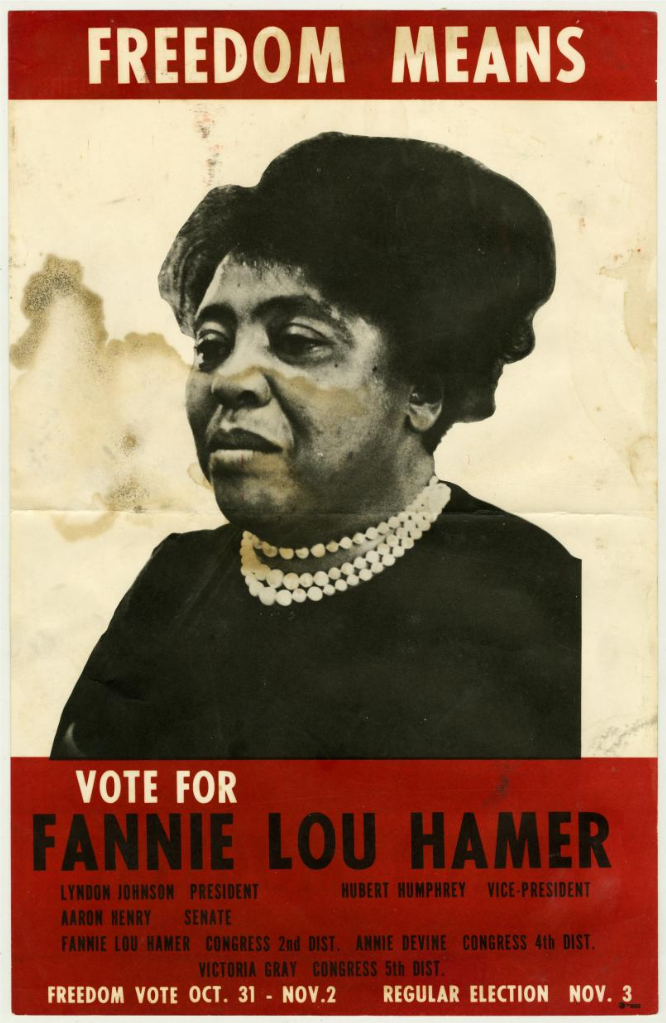
Hamer had come to understand a basic reality by the time she began the cooperative: For Black Americans, exercising one’s democratic right through voting could jeopardize their home, their food, their ability to live. Such retaliation was commonplace in the era. As the writer Pete Daniel noted in his 2013 book Dispossession: Discrimination Against African American Farmers in the Age of Civil Rights, planters could easily replace this human labor with machines or chemicals. Owning land, Hamer felt, would be a necessary first step in allowing Black Americans to secure voting rights.
“So, in the case of Freedom Farm, she was working very closely with people who were formerly sharecroppers and were being kicked off their land for, you know, the audacious choice to register to vote,” Penniman explains. “Audacious in quotes.”
In a New York Times article published later in 1970, the Jamaican-American writer June Jordan characterized the cooperative as an “attempt at durable black independence in Mississippi.” Alongside those acres of collards, turnips, and mustard greens, Jordan noted, was a pig bank, underwritten by the nonprofit organization the National Council of Negro Women. Anyone on the cooperative who got a pig agreed not to sell the pig off, and to instead give two pigs from the litter back to the bank. Upon maturing, residents could mate the pigs or slaughter them for meat. Thus, Hamer reasoned, people on the land would have everything they needed to survive: milk, vegetables, meat. “And that’s the only way you survive in Mississippi,” Hamer told Jordan. “If you control your own life.”
The scope of the project stretched beyond food. There were houses with electricity, running water, and toilets; there were steady jobs for secretaries and bookkeepers. The Freedom Farm Cooperative even provided resources for disaster relief, sending boxes of food and giving temporary housing to anyone displaced by natural catastrophes that ravaged the region.
These efforts, however, reportedly contributed to the cooperative’s undoing. The allocation of resources to disaster relief after a series of tornadoes in 1971, according to White’s book, upset the nonprofit donor Measure for Measure, whose leaders felt that the cooperative was misallocating funds. More calamities came: An irregular rhythm of droughts and floods between 1972 and 1973 demolished crops in the Delta. Without any crops, the cooperative could not pay its employees or, eventually, its mortgages. Over the following years, the United States experienced a recession that hampered donors’ ability to give money. The board tried to reorganize the cooperative for long-term stability, even eliminating social service programs.
But the cooperative was helpless, no matter the skill of the farmers. Previous funders held back from supporting the cooperative, which couldn’t bank on broader federal relief, either: Black-owned farms were already at a disadvantage when it came to receiving loans from the United States Department of Agriculture, according to Daniel’s book, with the institution enacting punitive policies for Black farmers actively engaged in civil rights. White farmers were immune to such maltreatment.
Fundraising became especially arduous in the absence of the cooperative’s charismatic figurehead. Hamer’s health began to slide in 1974, her body disturbed by hypertension and diabetes. A breast cancer diagnosis arrived two years later. It would ultimately kill her.
“If you talk to Pap, he thinks that’s one of the things that contributed to her death, the fact that she never took care of herself physically, that she never got the proper rest and sometimes didn’t even take time to eat properly,” L.C. Dorsey, who developed the Freedom Farm Cooperative with Hamer, wrote in the magazine Sojourners in 1982. The cooperative shut down for good in 1976, the same year as Hamer’s diagnosis. When she died in March 1977, at only 59, Hamer was buried on its soil, laid to rest on the land where she tried to make a difference.
When Penniman began farming in 1996, a good decade before she established Soul Fire Farm, she says she ran in organizing spaces that “did not center the noble Black agrarian tradition” to which Hamer belonged. These experiences warped her view of the country’s farming history. As Penniman wrote in her 2018 book Farming While Black, most stories she heard about Black Americans and land were concerned only with “coercion and brutality and misery and sorrow,” a stark contrast to the rosier images of white farmers she saw.
Upon launching Soul Fire Farm in 2010, however, Penniman studied the Freedom Farm Cooperative more seriously. She found Hamer’s tactics inspiring. Hamer, whom she calls “Mama Hamer,” is just one example, she says, “of resiliency, of innovation, of the power that comes out of Black peoples’ relationship to land.”
For Penniman, Hamer’s pleas for self-determination have gained greater resonance during the pandemic, a time when so many Americans have become desperate for basic access to food. Black land ownership may buffer against such anxieties, in Penniman’s view. “So by contrast, if we can have our farms, if we are able to can and preserve for the winter, if we own food hubs and food co-ops as a community, that security becomes the basis for freedom,” Penniman says.
Penniman and the team at Soul Fire Farm, says writer Natalie Baszile, exemplify how Black farmers today are fostering equity by stewarding their own land. Baszile compiled the narratives of some of these farmers in the recently released anthology We Are Each Other’s Harvest, a compendium of essays, photographs, and poems. “I definitely think a project like the Freedom Farm Cooperative can exist in America today,” Baszile writes in an email. “People, especially young people, are looking for alternate ways of living and being in community. They understand all the ways this system is broken, dysfunctional, and exploitative. They are creating alternatives.”
The Freedom Farm Cooperative did not survive Hamer’s death, but the ills she fought as an activist persist, and the systematic subjugation of Black farmers in America continues. Stated promises of federal assistance, such as the $5 billion earmarked for Black-owned farms in the American Rescue Plan, are likely insufficient to reverse decades of land theft, loss, and racism that Black farmers have had to contend with since the civil-rights era.
Consider that land ownership by Black farmers peaked in 1910, when they owned somewhere between 16 and 19 million acres, a figure that dwindled to 1.5 million acres by 1997. That 90 percent drop pales in comparison to a 2 percent tumble for white farmers over the same period. It’s gotten to the point where, according to the USDA, around 45,000 of America’s 3.4 million farmers are Black today—a mere 1.3 percent of the nation’s total farmers.
What’s partially to blame for this decline is the consistent denial of federal loans for Black farmers. Throughout the 1900s, the American government formed numerous agencies that were ostensibly meant to support small farmers, including the Farm Security Administration under the New Deal in 1937, the Farmers Home Administration in 1946, and the Agricultural Stabilization and Conservation Service in 1961. Yet these bodies, with their often racist white leadership, eagerly gave monetary assistance to white farmers while withholding it from Black farmers.
Laws surrounding heirs’ property also contributed to this major downswing in Black land ownership. Heirs’ property refers to land that younger generations inherit from their ancestors, albeit without any legal record—like, say, a will—to attest to the ownership. This lack of documentation, which is particularly prevalent among African-American families and farmers in the South, allows outsiders to push courts to put the land up for auction. The USDA has called heirs’ property “the leading cause of Black involuntary land loss.”
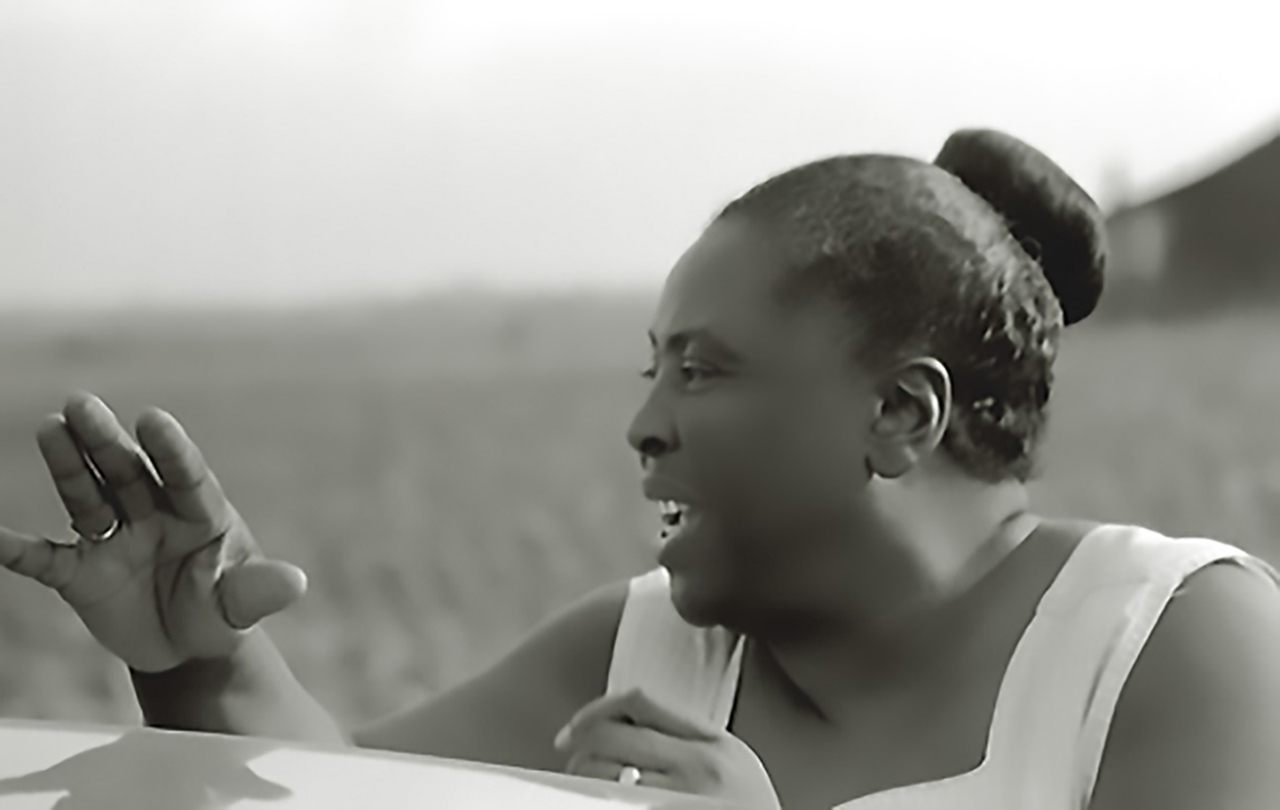
The perils that Black farmers faced in Hamer’s time, like eviction for registering to vote, might be less pronounced now. But those following in Hamer’s footsteps honor her vision of justice for Black farmers, predicated on ensuring their rights—and achieving financial well-being—through independence.
Natasha Bowens Blair, who co-owns Native Mountain Farm in Boonsboro, Maryland, with her mother-in-law, has found solace in Hamer’s words. At Native Mountain Farm, Bowens Blair grows berries, flowers, and medicinal herbs. Her purpose, she says in a phone call, mirrors Hamer’s, born out of a desire “to nourish the community as she did, to heal our communities.” During the pandemic, Bowens Blair has been dealing with “what everybody is struggling with right now, trying to stay afloat.”
Yet these hardships have clarified her overall intentions: To create a model in which Black farmers like herself are self-sufficient, as Hamer encouraged them to be, rather than dependent on the support of a government that has so casually discriminated against them for decades. To own land as a Black farmer at all “is a revolutionary act in itself,” Bowens Blair says, given how white landowners and business owners continue to disproportionately hold capital in America. “I know we talk about this a lot within the community of Black farmers—we’re no longer interested in breaking our backs to try to keep up with this economy that does not care about us and has been built on our ancestors’ backs.”
They’re truths that Hamer understood decades ago. She didn’t just imagine a life outside of America’s racist, classist foundations; she actualized that vision of racial and economic equity. “We’ve got to rethink economic success and what our economy’s going to look like,” Bowens Blair says when asked what Hamer taught her. “We don’t have to keep trying to run in this wheel that’s not for us.”
Gastro Obscura covers the world’s most wondrous food and drink.
Sign up for our regular newsletter.



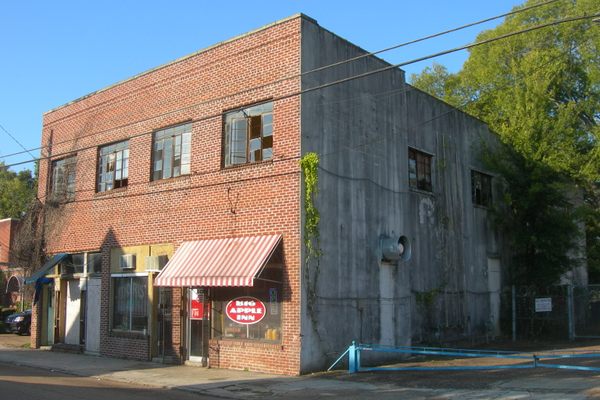

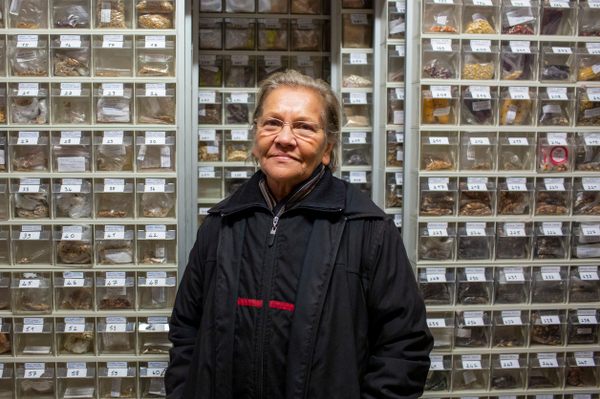














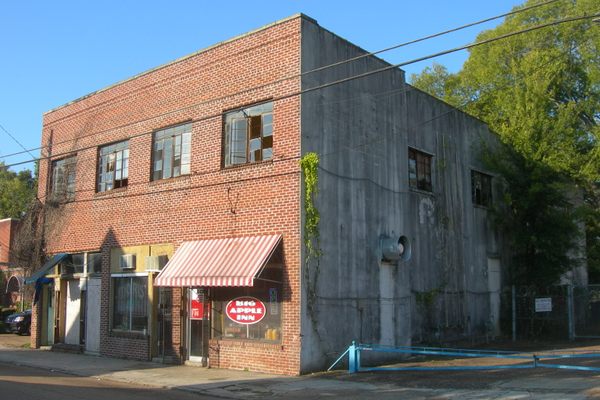

Follow us on Twitter to get the latest on the world's hidden wonders.
Like us on Facebook to get the latest on the world's hidden wonders.
Follow us on Twitter Like us on Facebook